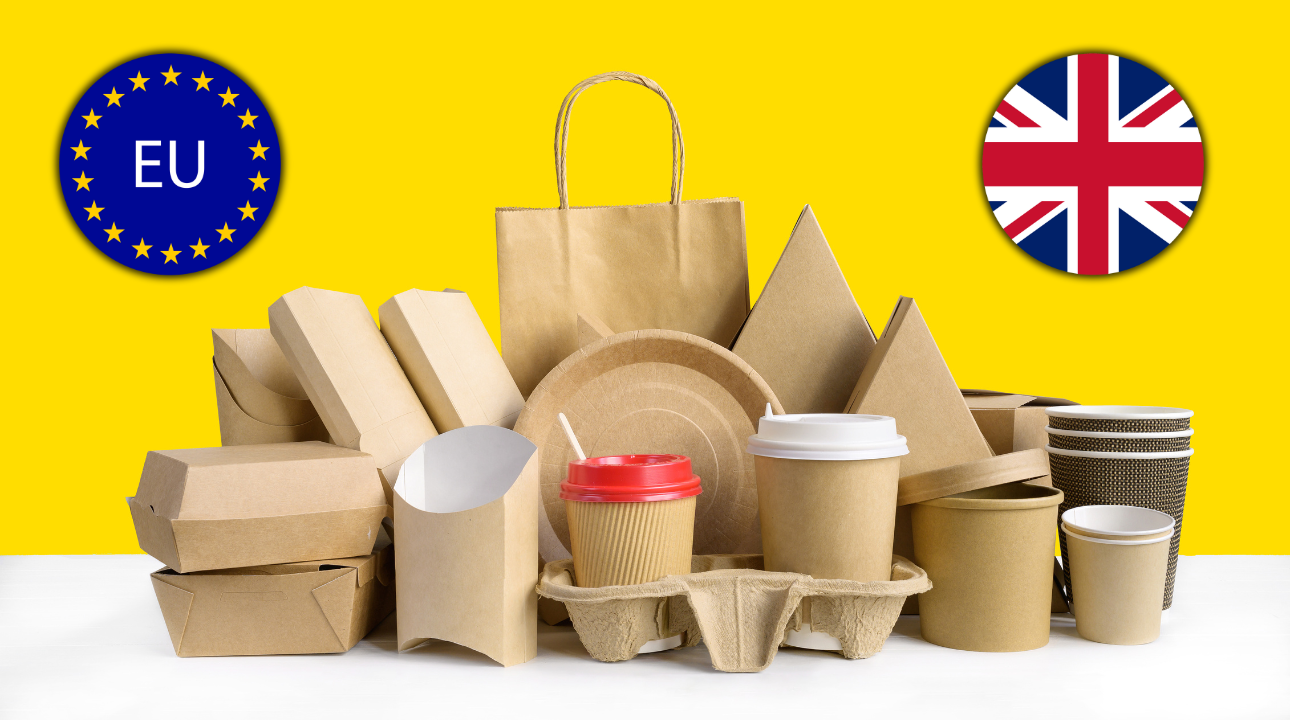Written by
Pooja Joshi

2025 marks a turning point in how packaging is designed, labelled, and managed across Europe and the UK. With the introduction of the EU Packaging and Packaging Waste Regulation (PPWR) 2025/40, and the UK's alignment through its Extended Producer Responsibility (EPR) framework, businesses must now rethink packaging from the ground up.
This article breaks down the key changes, timelines, and what brands need to do to stay compliant and competitive.
EU Regulation (2025/40): Circularity at the Core
The PPWR 2025/40, officially published on January 22, 2025, replaces the 1994 Packaging Directive and came into force on February 11, 2025. Its goal? To ensure all packaging is reusable or recyclable by 2030, while reducing waste and environmental harm.
Key Requirements
1. Recyclability Grades & Restrictions
2. Minimum Recycled Content
3. Packaging Minimization
4. Reuse Targets
5. PFAS & Hazardous Substance Limits
6. Labelling & Producer Responsibility
UK Alignment: Extended Producer Responsibility (EPR)
While the UK is no longer bound by EU law, its EPR framework closely mirrors the PPWR in spirit and ambition.
Similarities & Differences
UK-Specific Updates
Timeline to Watch
What Should Brands Do Now?
1. Audit Packaging Materials
Check recyclability grades, PFAS content, and design features.
2. Update Labelling
Ensure labels reflect material composition and recycled content.
3. Register & Report
Comply with producer registration and annual reporting requirements.
4. Innovate for Reuse & Recyclability
Design packaging that meets future reuse and recyclability thresholds.
5. Collaborate with Compliance Experts
Work with consultants to navigate EU and UK requirements seamlessly.
Bottom line The PPWR isn’t just a regulation-it’s a roadmap to a circular packaging economy. Brands that act early will not only avoid penalties but also lead the way in sustainable innovation.
Get in touch with us to make your packaging compliant to the PPWR regulation.
Saturday - Thursday :
8:30 am - 10:45 pmMonday - Saturday :
8:00 am - 4:00 pm